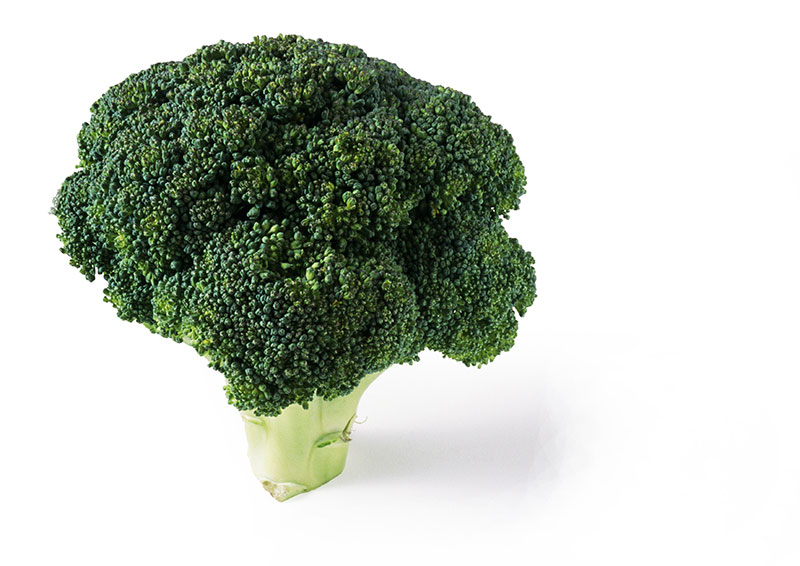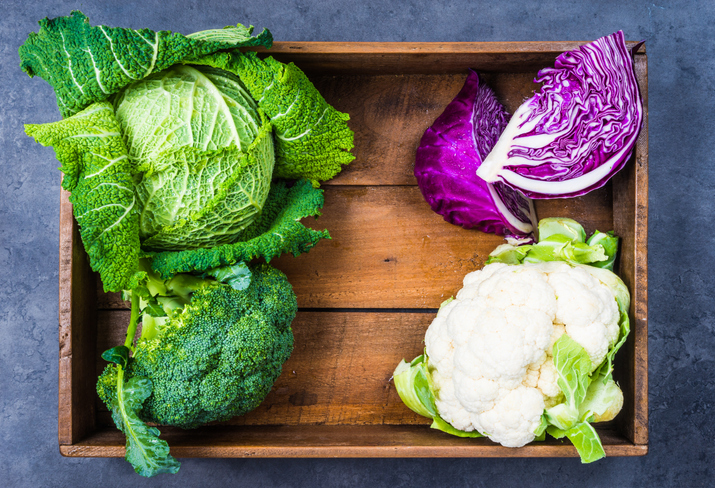Broccoli

Availability:
Year-round
Availability:
| J | F | M | A | M | J | J | A | S | O | N | D |
Notice:
on demand
Receiving/Storage:
Receiving Information: Good quality broccoli should have fresh-looking, light green stalks of consistent thickness. Bud clusters should be compact and dark green with some purple tinge. When pulled apart, some bud clusters may appear yellow around the edges. This does not affect product quality; it simply means that the clusters were not exposed to sunlight during growing. Avoid broccoli with open, flowering, discolored, or water-soaked bud clusters and tough, woody stems. Handle broccoli with care to avoid damage to bud clusters. To revive slightly wilted broccoli, apply ice directly to bunches or plunge in cold water, drain, and place in cooler. Broccoli is sensitive to ethylene gas; exposure may cause bud clusters to turn yellow or drop off. Keep away from ethylene producing fruits and ripening rooms. Holding broccoli for long periods of time may cause discoloration, loss of buds or general softening of the product. For best quality, use broccoli soon after receiving. Storage/Handling: Temperature/humidity recommendation for short-term storage of 7 days or less: Temperature: 32 F, 0 C. Relative humidity: 95-100%. Mist: lightly (unpackaged). Typical shelf life: bunched 10 to 14 days, packaged 14 to 16 days. Ethylene-sensitive. Do not store or transport with commodities that produce ethylene. Moderately sensitive to freezing injury. Dunking in cold water can revive slightly wilted broccoli.
Description:
Calabrese is the most predominant variety sold commercially and noted for their bright green stalks with compact bud clusters that are dark green with some purple tinge. Broccoli is believed to have originated in southern Italy; and has a long history of cultivation, having been developed by the Romans from wild cabbage. The Romans had high esteem for this vegetable, which to this day is often associated with Italian cuisine. Broccoli was grown for its floral shoots in Asia Minor, and brought by navigators to Italy, where it was subsequently developed and improved.


